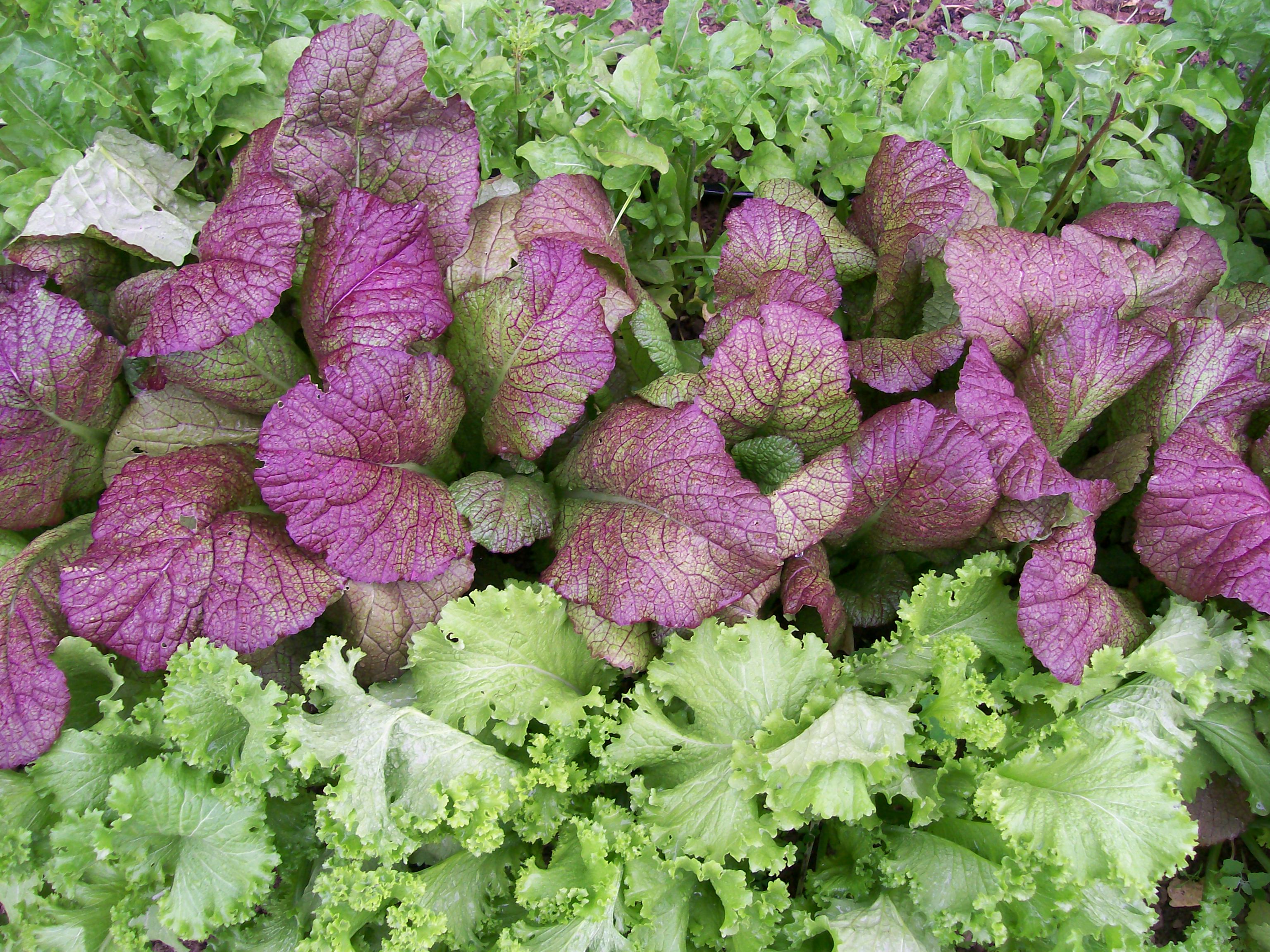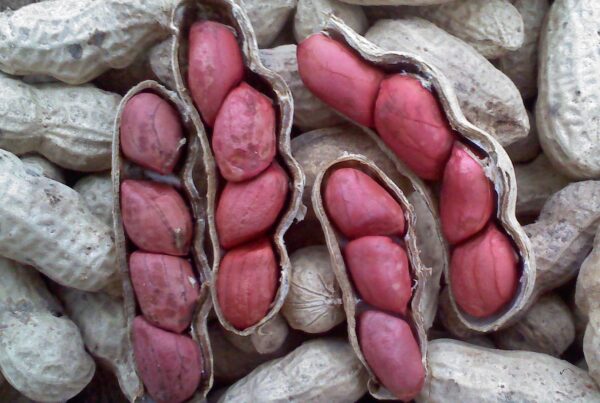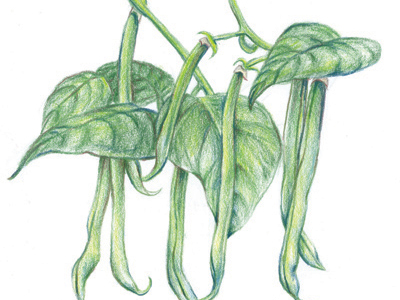Last month had such variable weather that I hope you were able to take time on of the warm days to plant strawberries, raspberries and blackberries if you didn’t do it last fall. All your berries will appreciate a heavy straw or sawdust mulch to control weeds and conserve moisture this summer.
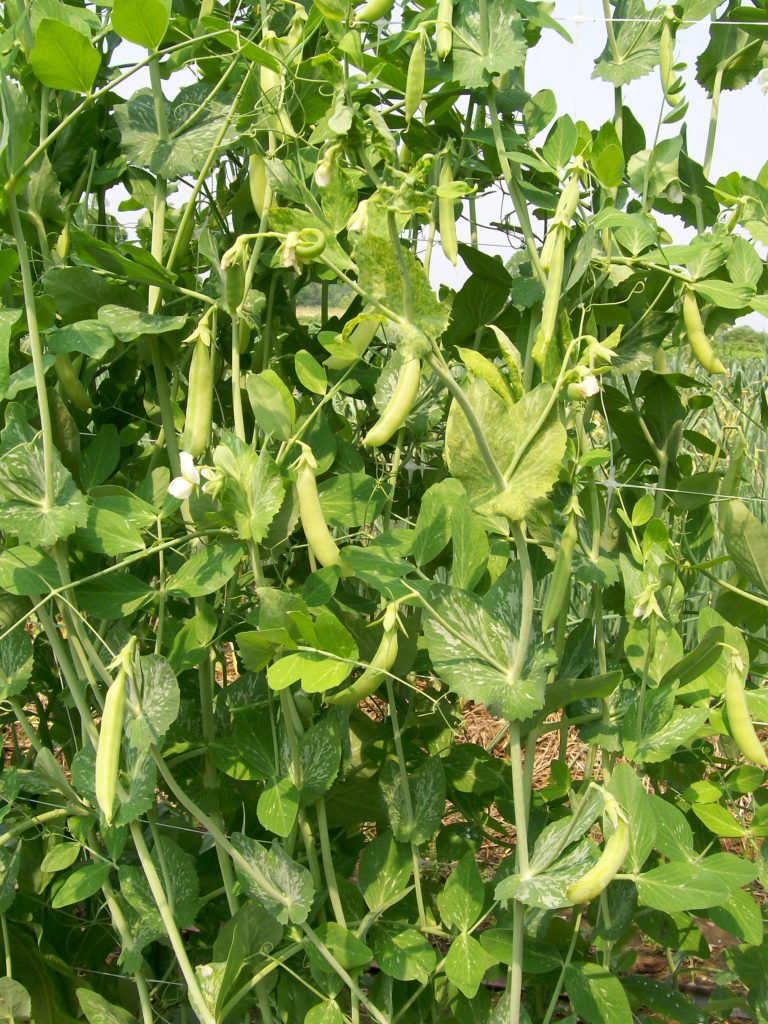 In a sunny south facing window, your greenhouse, or a cold frame, continue to sow lettuce, scallions, cabbage, collards, and broccoli. In spite of the variable weather we are being adventurous and starting some extra early tomatoes, peppers and eggplant to get a head start on the summer season as soon as the ground starts to warm. Outside we are sowing early radishes, spinach, turnips, and carrots directly in the garden and covering with spun polyester row cover. Presoak beets seeds 1- 4 hours, sow 1/2″ deep, tamp soil when covered. Last date for sowing fava beans is 3/14. When the Forsythia blooms, sow peas, only 1/2″-3/4″ deep (soak or pre-sprout to get a head start). To support dwarf peas you can sow 1 oat grain per 5 peas.
In a sunny south facing window, your greenhouse, or a cold frame, continue to sow lettuce, scallions, cabbage, collards, and broccoli. In spite of the variable weather we are being adventurous and starting some extra early tomatoes, peppers and eggplant to get a head start on the summer season as soon as the ground starts to warm. Outside we are sowing early radishes, spinach, turnips, and carrots directly in the garden and covering with spun polyester row cover. Presoak beets seeds 1- 4 hours, sow 1/2″ deep, tamp soil when covered. Last date for sowing fava beans is 3/14. When the Forsythia blooms, sow peas, only 1/2″-3/4″ deep (soak or pre-sprout to get a head start). To support dwarf peas you can sow 1 oat grain per 5 peas.
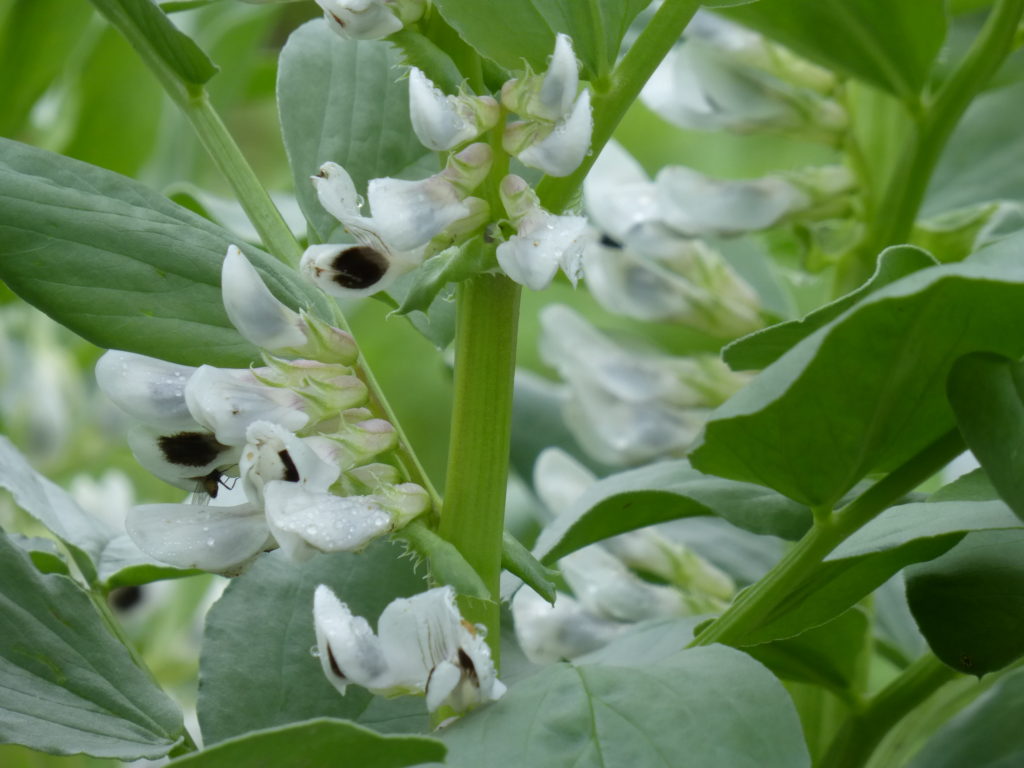 Prepare to plant your Irish potatoes as soon as possible after St. Patrick’s Day by green chitting. The practice of pre-sprouting seed potatoes before planting encourages early growth. It is widely used abroad, but less known to Americans. Chitting is simple. Spread the seed tubers in boxes or flats one layer deep with the seed end up. Look closely at a seed potato and you will notice one end was attached to the plant. The other end has more eyes from which sprouts emerge. The end with the eye cluster is called the seed end. Place your flats in a warm area (70 degrees) where light is bright but indirect. The warm air stimulates the development of strong sprouts from the bud eye clusters, which, in the presence of light, remain stubby and are not so easily broken off. Allow 1 to 2 weeks before planting. If you are new to growing potatoes read Lisa’s blog post Sweet potatoes, Potatoes or Both for Your Garden?
Prepare to plant your Irish potatoes as soon as possible after St. Patrick’s Day by green chitting. The practice of pre-sprouting seed potatoes before planting encourages early growth. It is widely used abroad, but less known to Americans. Chitting is simple. Spread the seed tubers in boxes or flats one layer deep with the seed end up. Look closely at a seed potato and you will notice one end was attached to the plant. The other end has more eyes from which sprouts emerge. The end with the eye cluster is called the seed end. Place your flats in a warm area (70 degrees) where light is bright but indirect. The warm air stimulates the development of strong sprouts from the bud eye clusters, which, in the presence of light, remain stubby and are not so easily broken off. Allow 1 to 2 weeks before planting. If you are new to growing potatoes read Lisa’s blog post Sweet potatoes, Potatoes or Both for Your Garden?
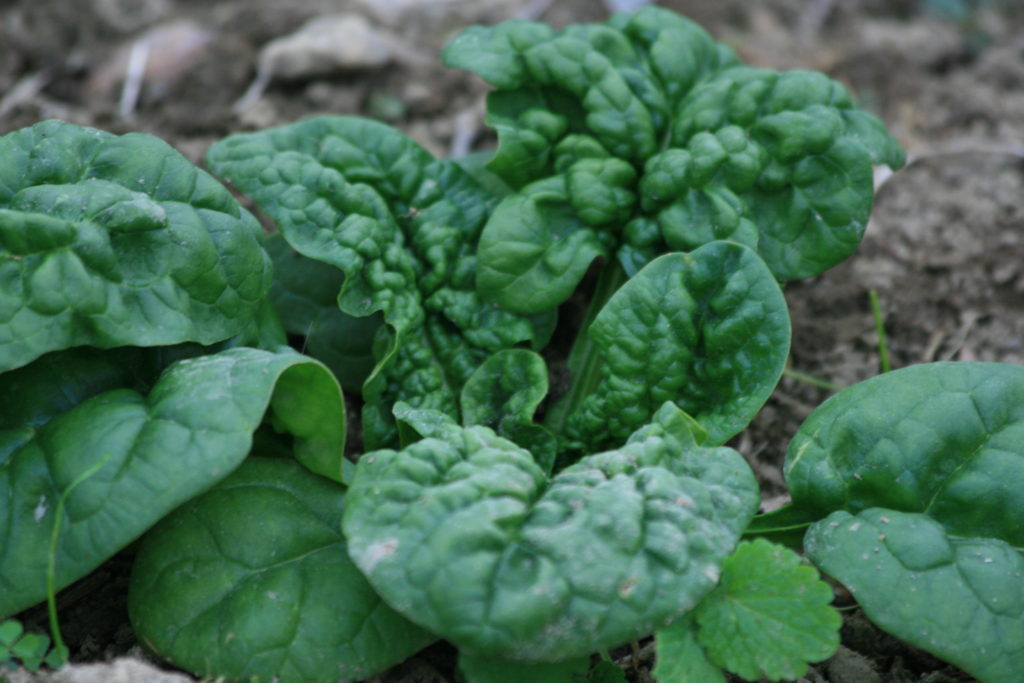 As soon as your potatoes are in, it’s time to start the main crop of tomatoes indoors. Tropic is a great tomato for disease resistant, blemish free fruits placing high in a University of Georgia test. No Matter how dry it is plan your irrigation and unfurl your hoses; be certain it’s all in running order because a dry spring may be right around the corner. Whenever the soil in your garden is dry enough spread compost and till beds for outdoor planting that will begin in earnest next month.
As soon as your potatoes are in, it’s time to start the main crop of tomatoes indoors. Tropic is a great tomato for disease resistant, blemish free fruits placing high in a University of Georgia test. No Matter how dry it is plan your irrigation and unfurl your hoses; be certain it’s all in running order because a dry spring may be right around the corner. Whenever the soil in your garden is dry enough spread compost and till beds for outdoor planting that will begin in earnest next month.
Check out our Beginners Growing Guide for more tips on preparing, planting and sowing.
Ira Wallace of Southern Exposure Seed Exchange & author of The Timber Press Guide to Vegetable Gardening in the Southeast

